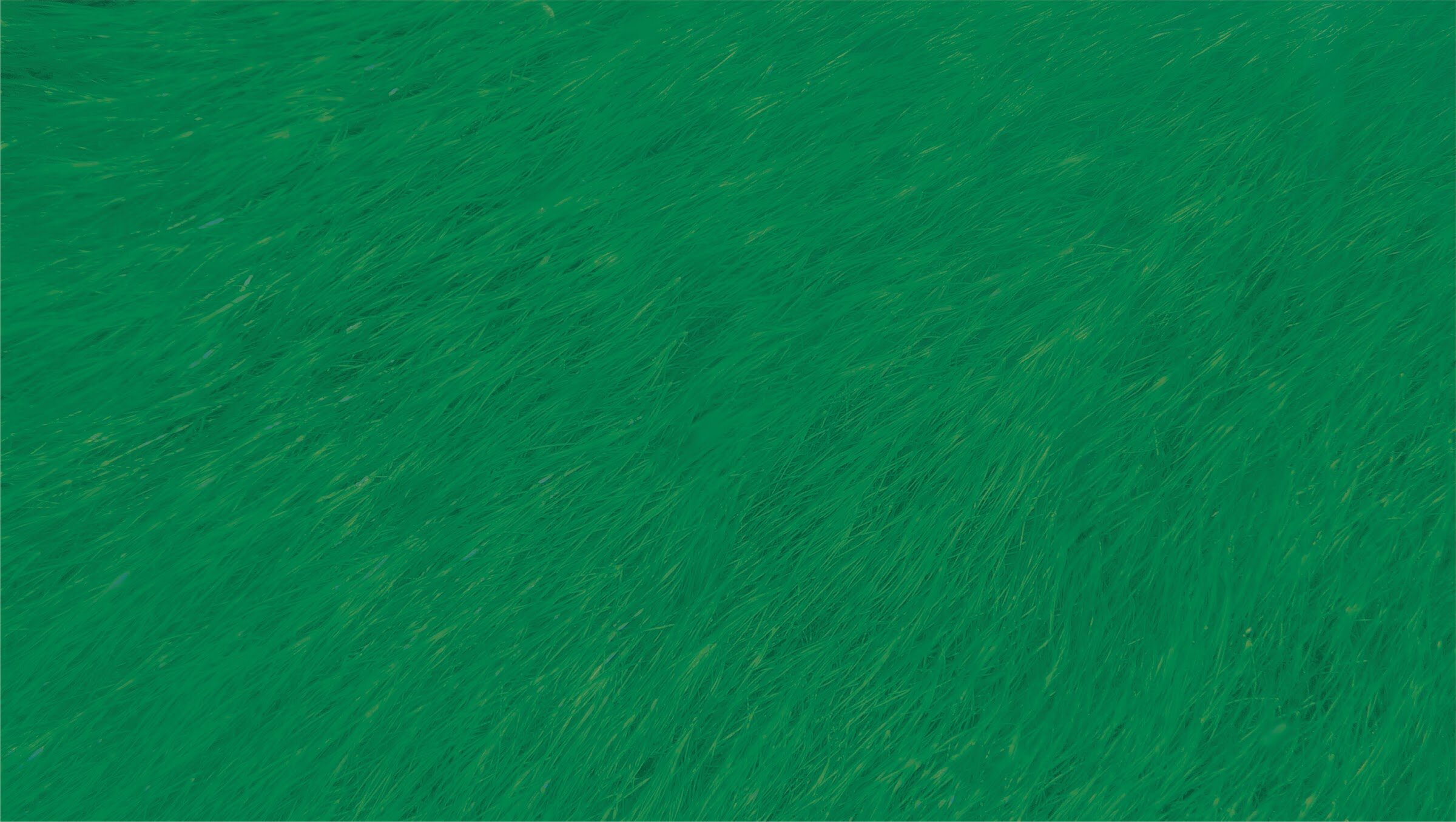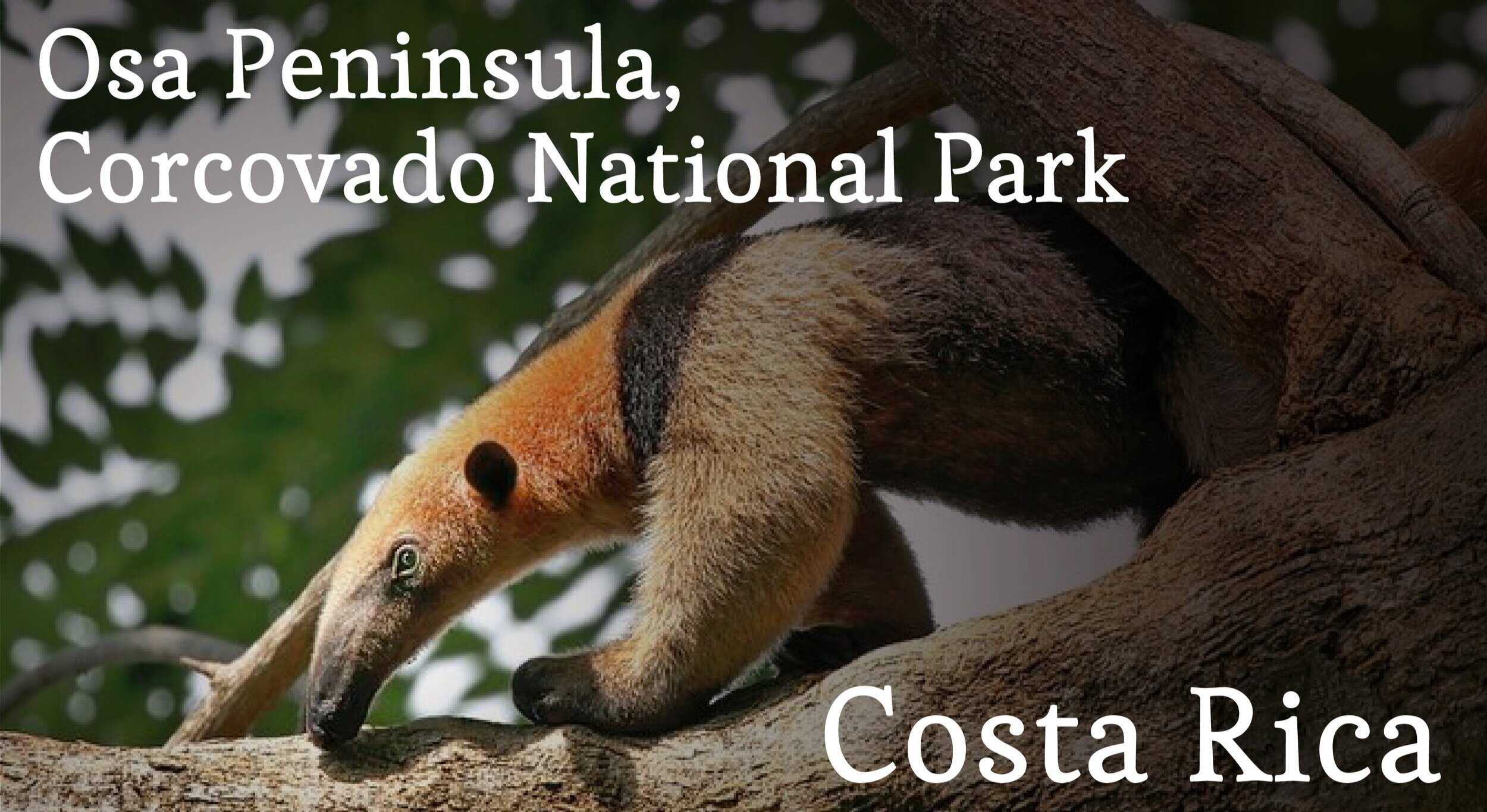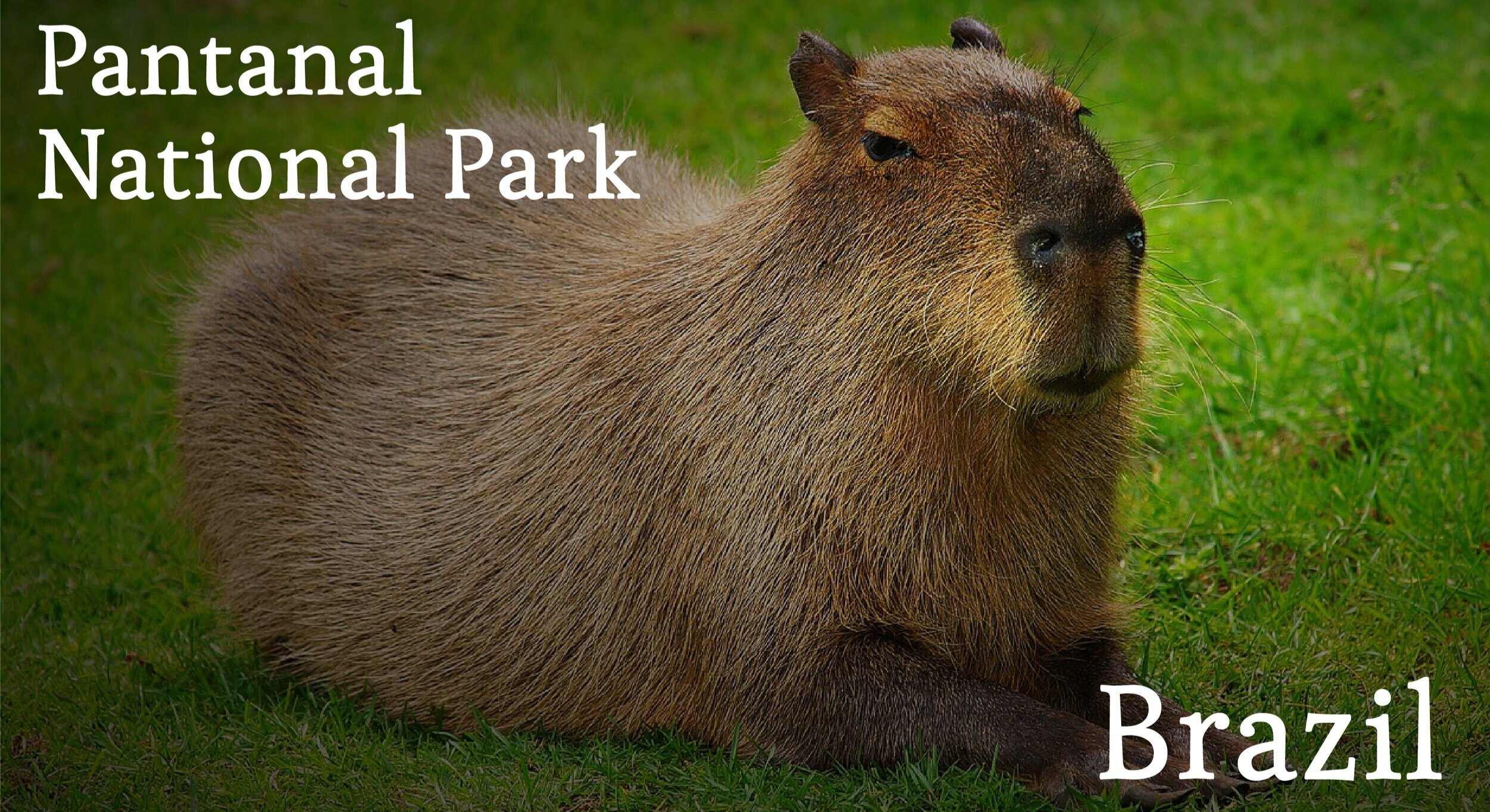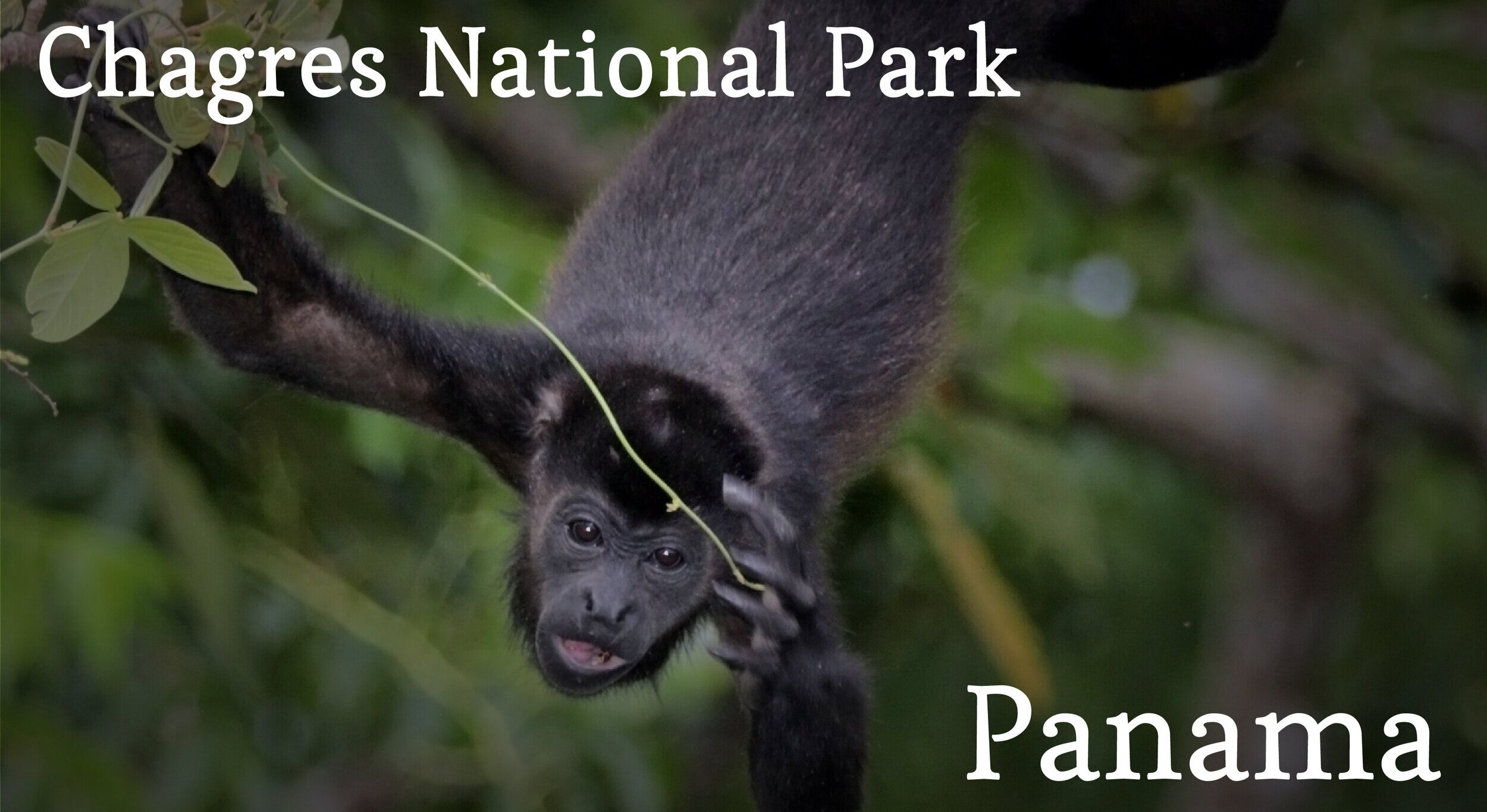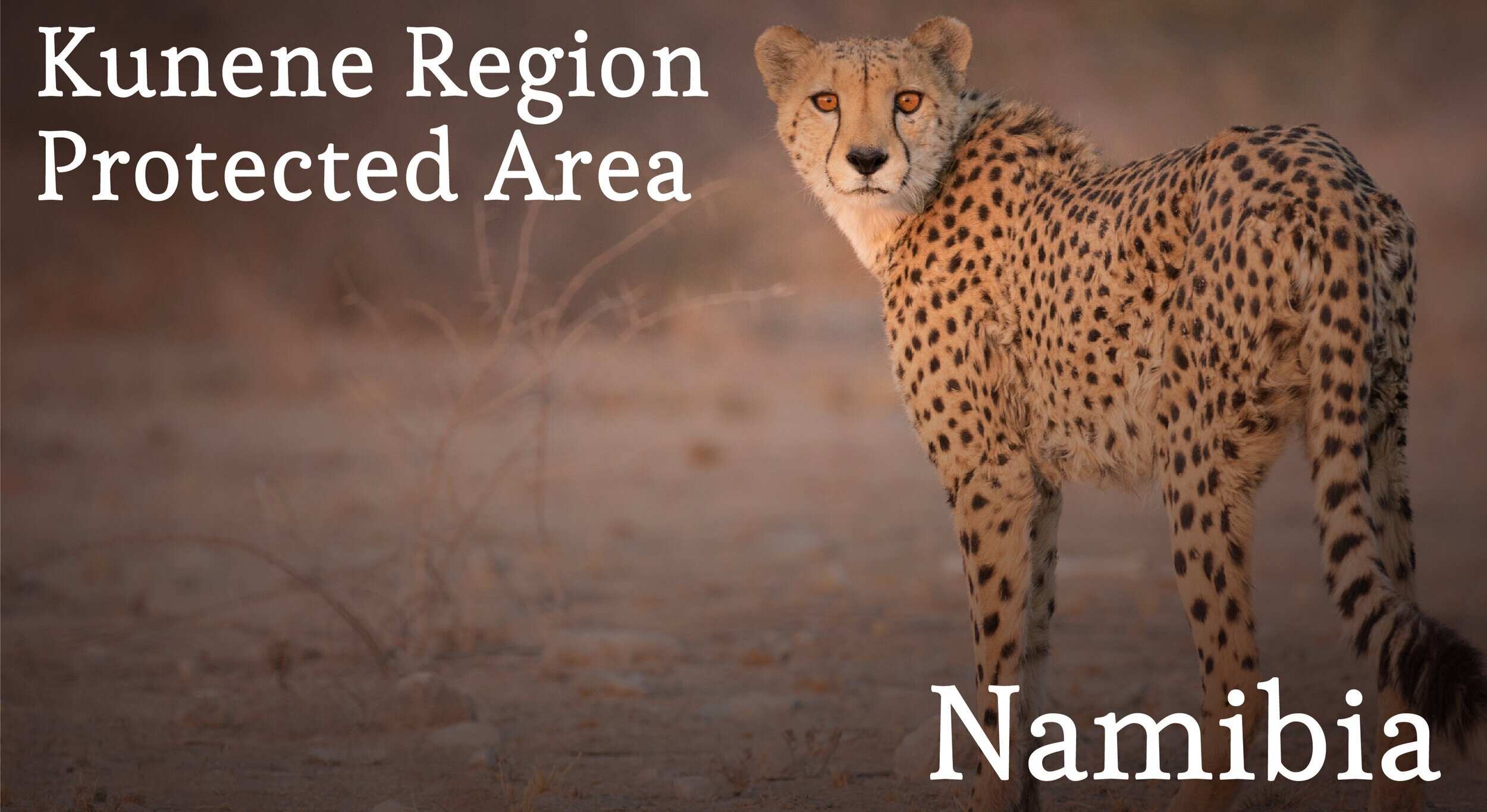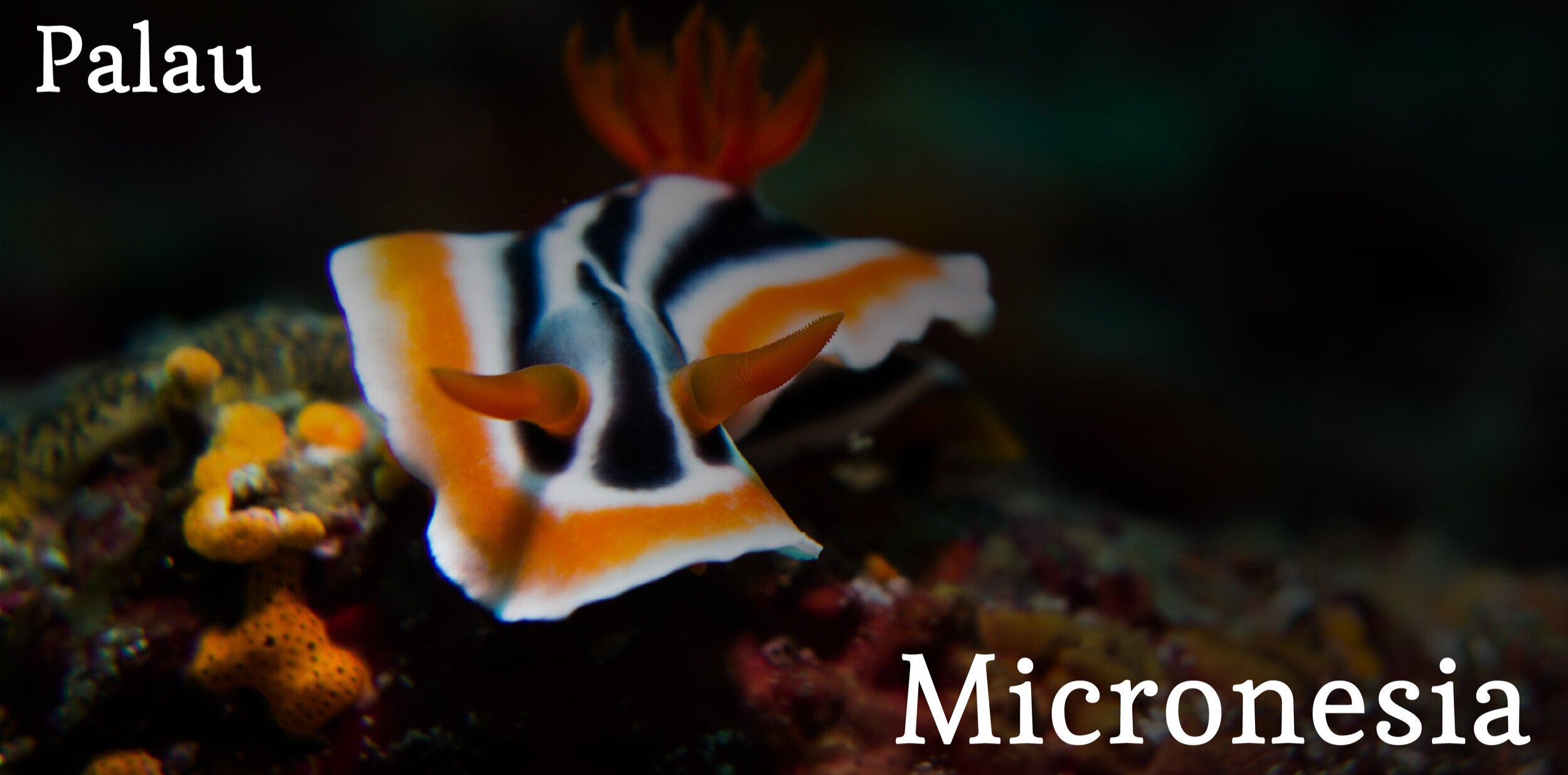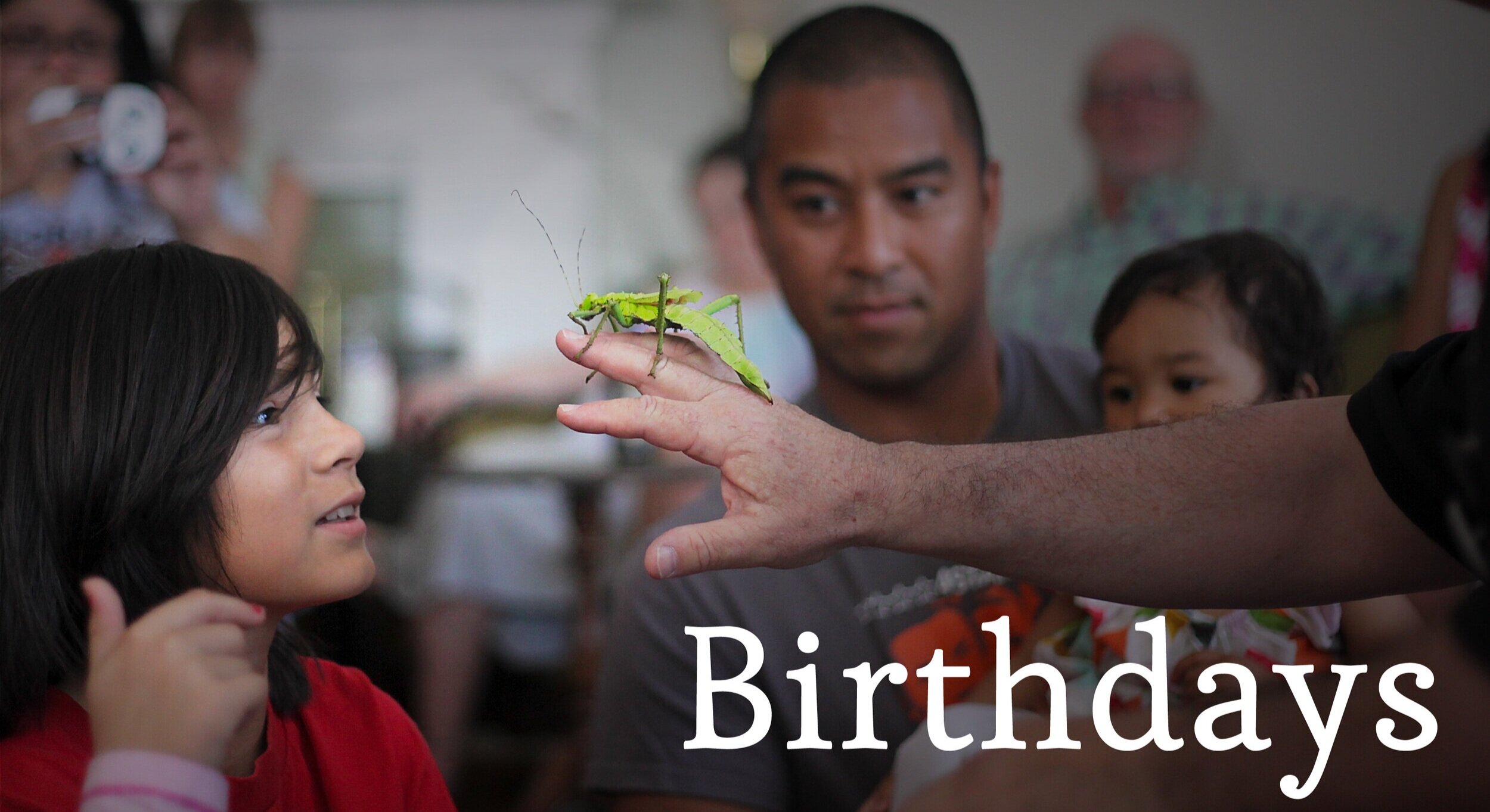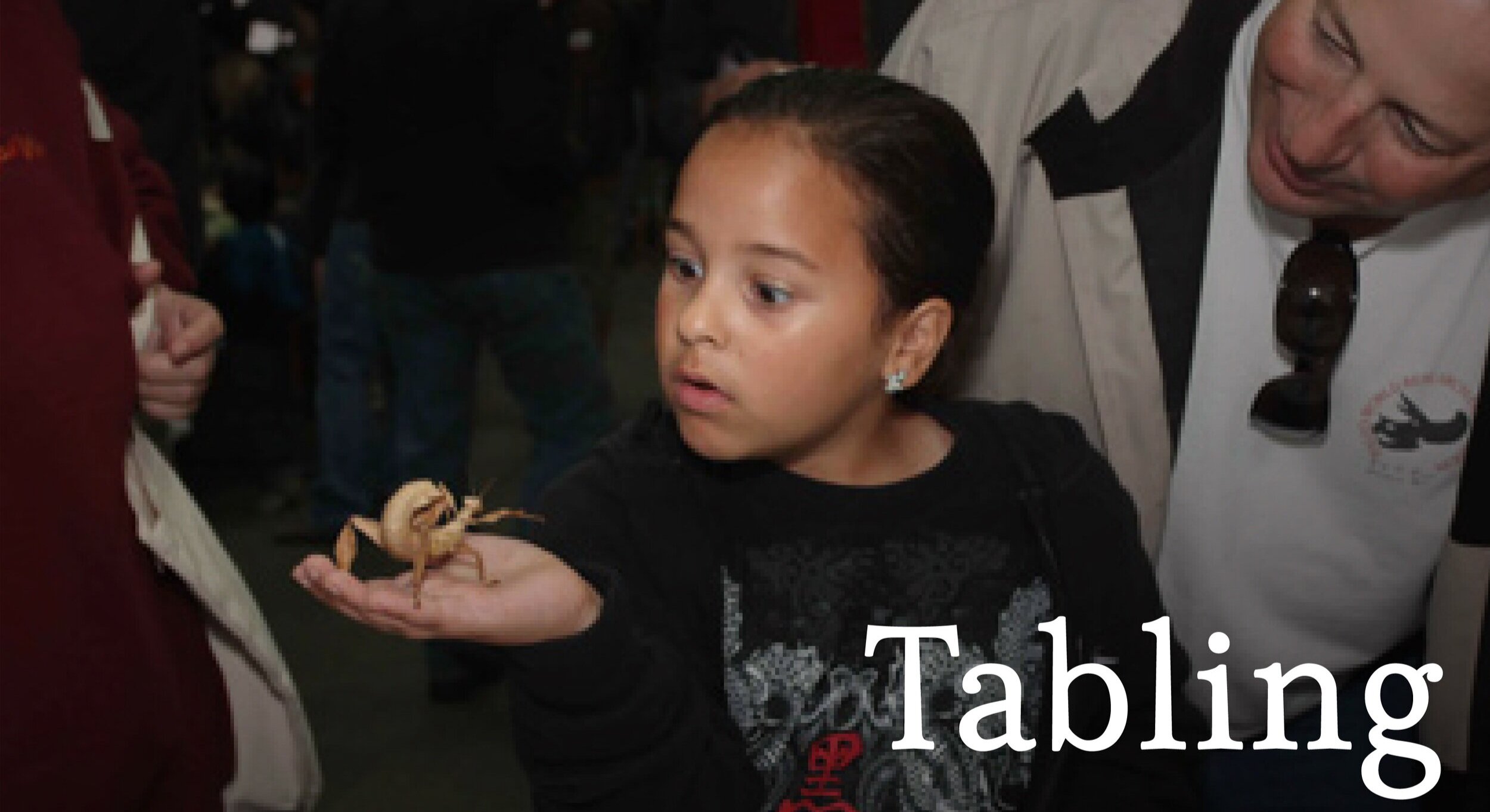Inspiring Action
to Save Nature
Our Mission
◤
How We Do It
At SaveNature.Org, we work to conserve biologically diverse ecosystems worldwide through our Adoption Programs and Conservation Meters. We also educate and raise awareness for the importance of conservation through our Insect Discovery Lab. By partnering with like-minded organizations like schools, zoos, museums, science centers, businesses, and more, we ensure that fragile ecosystems are conserved for all future generations.
◢
Adopt
An Acre
You can save threatened rainforest and help support a 1.6 million acre national park in Namibia, Africa, through our Adopt an Acre program or protect coral reefs through Adopt a Reef. With each donation, you will receive a personalized deed with your name or you can make the donation in someone else’s name.


